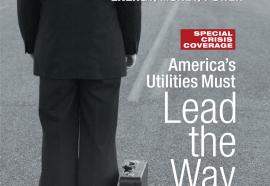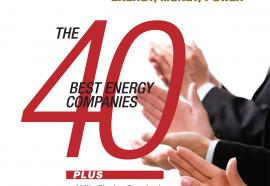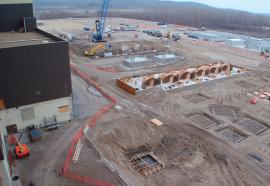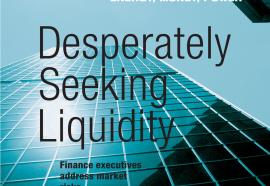Transmission is Bubbling
A billion-dollar ‘gold rush’ could send grid rates through the roof.
Money may be difficult to come by for Wall Street financiers in these dark days, but apparently not for electric transmission construction—at least so far. A rash of recent orders from FERC shows that generous financial incentives remain available to companies seeking to expand the nation’s grid capacity.










